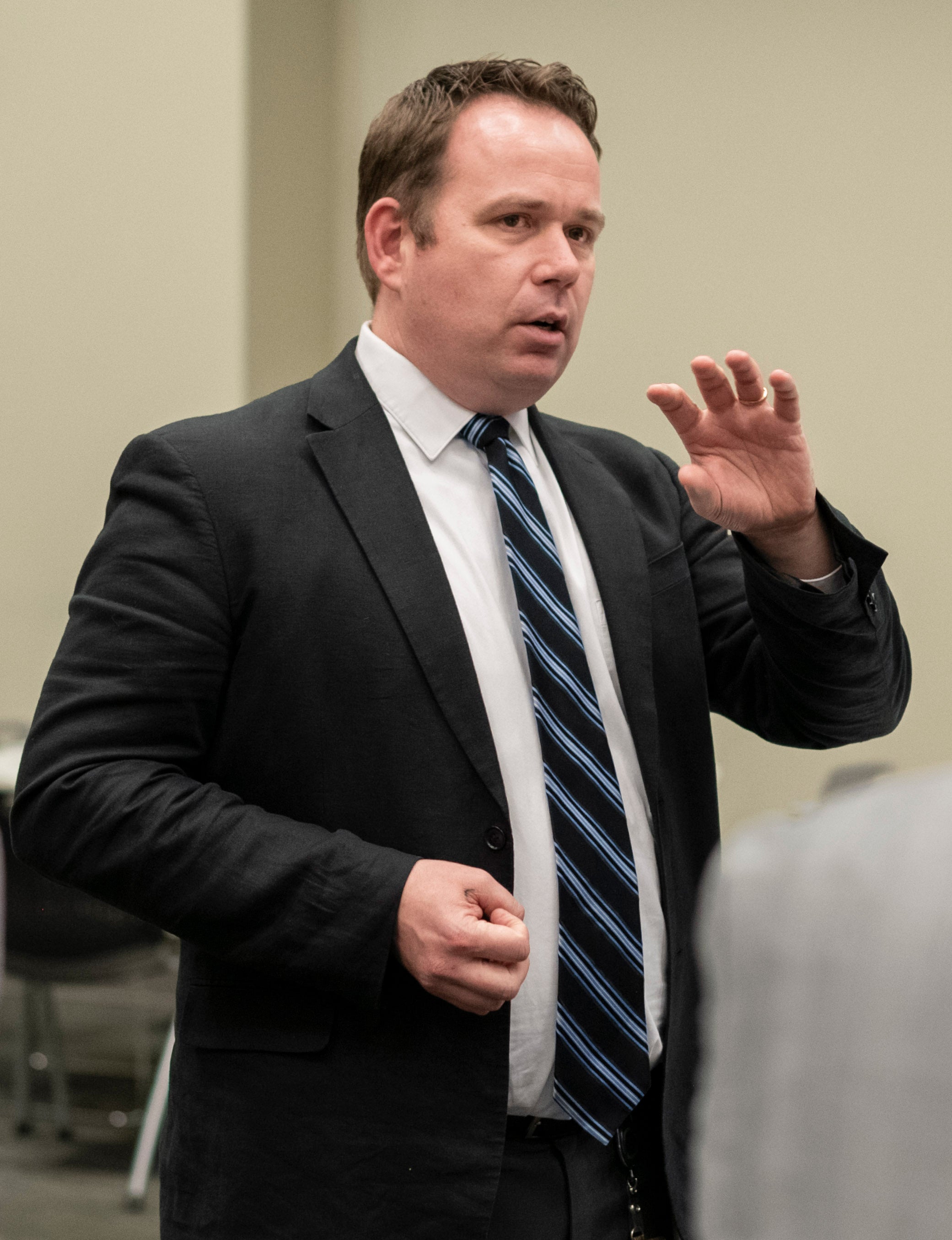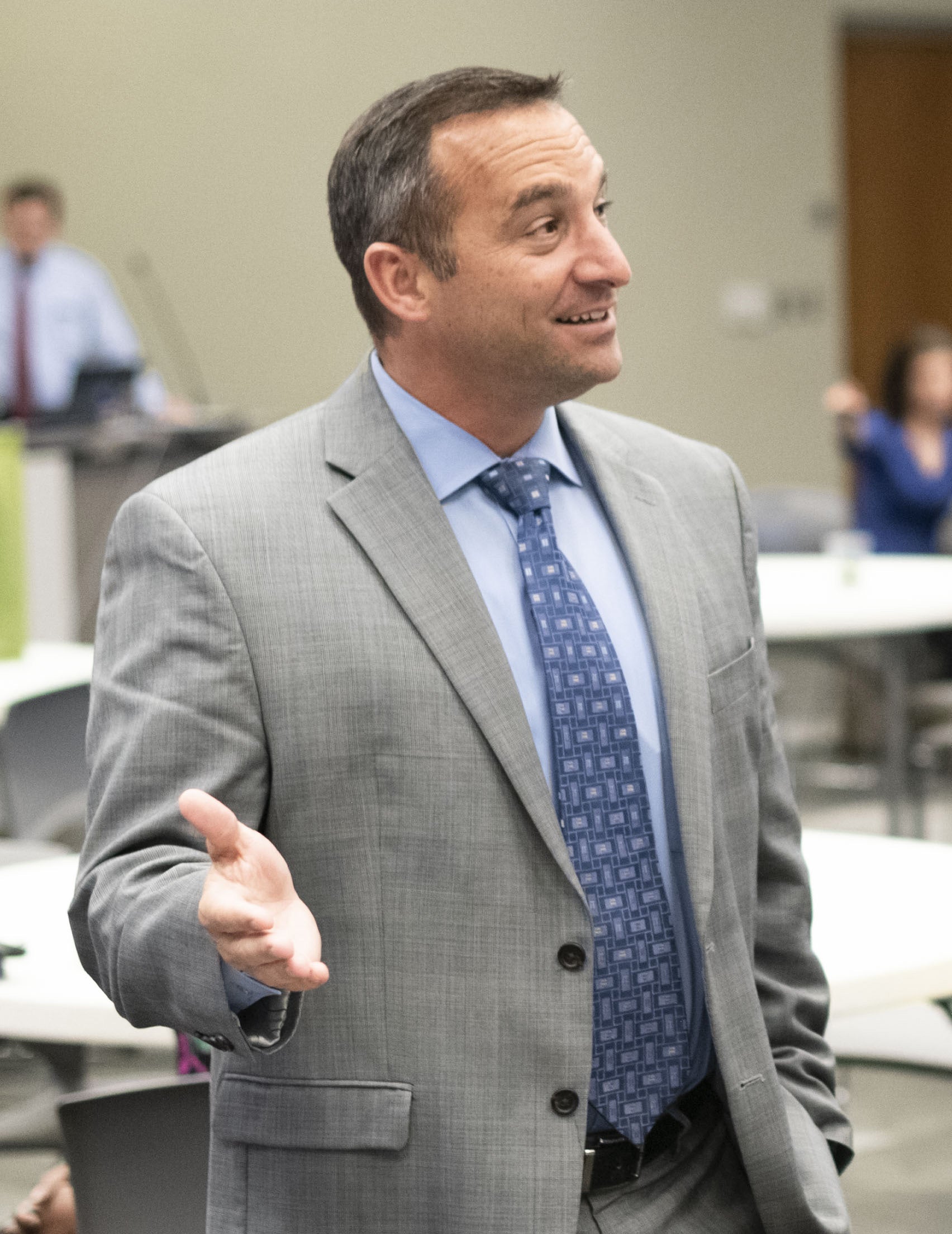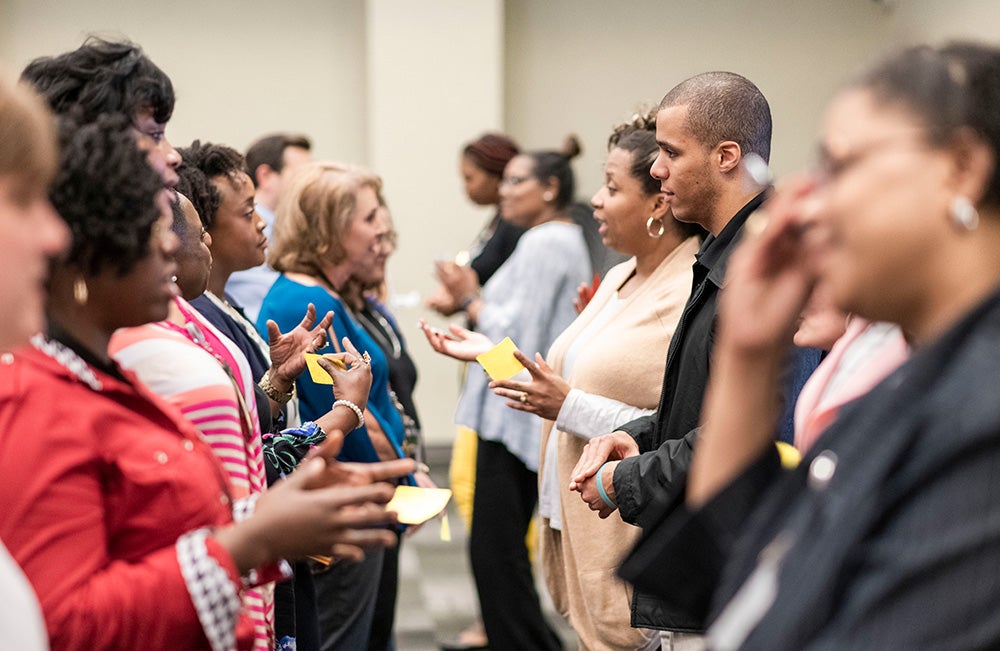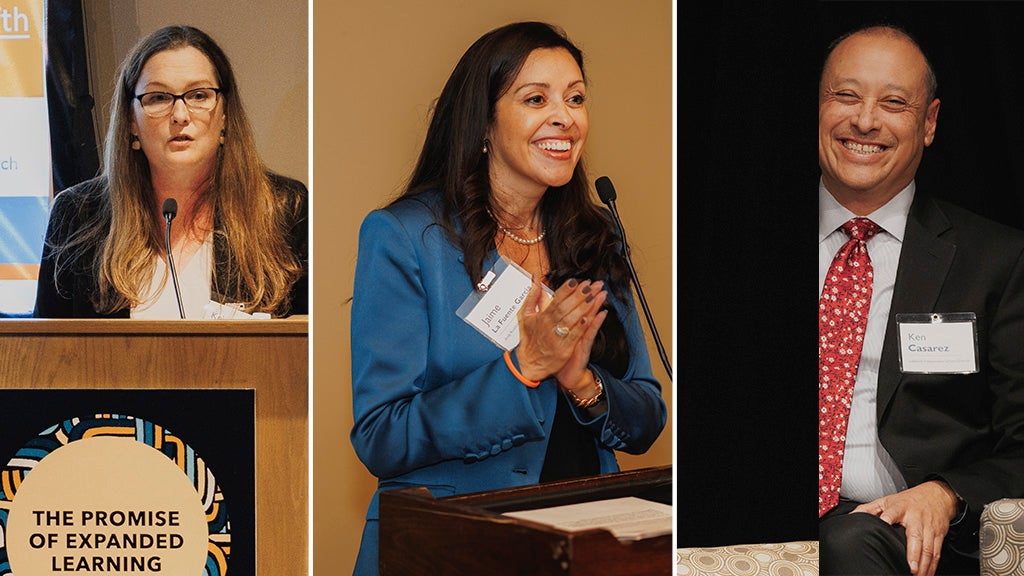It’s late March, and in many U. S. cities, the chill hasn’t yet left the air. But in Tuscaloosa, Alabama, where you can already go out of the house in short sleeves, the message is clear: Summer is right around the corner. That’s why a group of teachers, school administrators and enrichment providers has convened at Tuscaloosa Career & Technology Academy—to solidify their 2019 summer learning offerings for students and learn how the Summer Learning Toolkit can help them in their work.
The toolkit, developed by The Wallace Foundation, is a free online compendium of more than 50 evidence-based resources, including tip sheets, customizable tools like planning calendars and budget templates, and sample documents like staff handbooks and enrollment forms. The resources grew out of research and on-the-ground insights from communities involved in the Wallace-sponsored National Summer Learning Project. Wallace launched the project in 2011, commissioning the RAND Corporation to study five large-scale, voluntary summer learning programs led by public school districts: Boston; Dallas; Duval County (Jacksonville), Fla.; Pittsburgh; and Rochester, N.Y. The goals of the project were to provide a summer mix of academics and enrichment to thousands of children in low-income communities; help the districts improve their programs; and understand what impact, if any, they have on participating students—as well as what factors influence results.
Now, to ensure that the lessons of the National Summer Learning Project benefit cities and districts across the country, Wallace—along with the National Summer Learning Association, a non-profit organization, and The Learning Agenda, a consultancy—is taking the Summer Learning Toolkit on the road. First stop: Tuscaloosa.
In Alabama, summer learning has historically been a local concern with philanthropy playing a major role. For example, SAIL (Summer Adventures in Learning)—a partnership of funders, program providers and community stakeholders—has been making grants to support rigorous summer learning in Birmingham and elsewhere since 2012. “Alabama is a state with a real tradition of philanthropy, so we’re used to trying to solve our problems in a community way,” says Jim Wooten, board chair of the organization. “We like less government and more citizen-based ownership.” Things may be changing, however, as the state government looks for new ways to improve academic performance, particularly in reading. Last year, the legislature added $4 million to the state’s Education Trust Fund, part of which was used to establish a pilot summer reading program. This is a moment of opportunity for Alabama’s summer learning leaders.

In many ways, Tuscaloosa is ahead of the game. Its district-run summer learning effort is entering its third year with programs in nine schools. Enrollment is already up for 2019, from 800 elementary students in 2018 to 1,000 so far signed up for this coming summer (out of a total of about 5,000 in the district). The district also provides grant funding and other forms of support to a number of independent programs. Andrew Maxey, the district’s director of special programs, who oversees its summer work, says he initially looked to Dallas, one of the districts in the National Summer Learning Project, for ideas. Last November, he attended the National Summer Learning Association’s annual conference, which is where he first discovered the Summer Learning Toolkit. Maxey welcomed the chance to incorporate the toolkit into a regularly scheduled planning meeting. “The tools in there are ridiculously powerful,” he says. “They’re solutions to issues every summer program needs to solve.”
Tuscaloosa may not be as big as Dallas or the other cities in the National Summer Learning Project, but it has big ambitions, Maxey says, aiming to bring every major player in town to the table and provide summer learning experiences to every student in the district who could benefit. He sees the toolkit as a means of facilitating that growth. “With just nine school-based programs, I’m able to give them very close coaching attention,” he says, “but when you scale, that’s just not practical.”
The program directors and teachers in the room—coming from both the district’s school-based programs and independent programs run by nonprofits like the Y and Boys & Girls Club—were curious about how the toolkit could help them with the challenges they face in the here and now. During one part of the presentation, a sample schedule of a typical day in Pittsburgh’s Summer Dreamers Academy appeared on the screen, and several attendees took out their phones to get a snapshot.
Juerrette Thomas, lead teacher for one of the district’s summer programs, operated by the 21st Century Community Learning Center at The Alberta School of the Performing Arts (TASPA), says that building partnerships with high-quality enrichment providers is foremost on her mind. “Our first year, we were a half-day program, and we did all the enrichment in-house,” she says. “But now that we’re going to a full day, we want that outside support. There are people who know about things we don’t or may have a way of presenting material to the students we haven’t even thought of. We’d like to have those partnerships, but they’re not solidified.”
Sure enough, the toolkit features a section with guidance on vetting and setting expectations for enrichment partners, including sample documents like a request for proposals and a memorandum of understanding. Making the trip to Tuscaloosa to talk about putting these resources into action was Kathryn Vargas, director of Allegheny Partners for Out-of-School Time, the nonprofit “intermediary” organization that works with Pittsburgh Public Schools to connect community-based enrichment providers with the district’s Summer Dreamers Academy. Thomas, who, in addition to her summer responsibilities, is a full-time teacher at TASPA, commented that she and her colleagues could use the support of an intermediary to take on the enrichment part of the summer learning equation.
She may eventually get her wish: Maxey told the group that he is exploring the possibility of bringing on a “backbone organization,” separate from the district, to coordinate Tuscaloosa’s summer learning activity, including the cultivation of enrichment partners.

The opportunity to learn and draw inspiration from someone like Vargas may have been what Mike Daria, superintendent of Tuscaloosa City Schools, had in mind when he kicked off the day by saying he was excited about “who was in the room together.” Daria says the district’s goal is to “recalibrate” what it’s doing in the summer, so that teachers and families alike think of it as “not just summer school.” Lesley Bruinton, the district’s coordinator of public relations, sees Daria’s vision of summer as a time when “learning is real and really fun” starting to become a reality. As an example, she mentions a summer teacher who created a class called “It’s a Piece of Cake,” in which students built their math skills by participating in a baking project and took a field trip to visit a local donut shop.
Summers in Tuscaloosa have always been sweltering, but when it comes to summer learning, it looks like things are really heating up.




